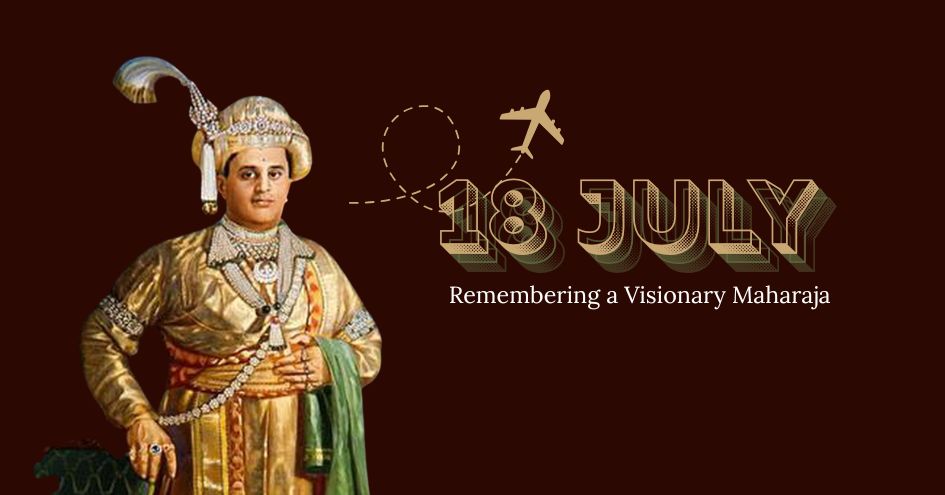
Today marks the birth anniversary of the 25th Maharaja of Mysore, His Highness Jayachamarajendra Wadiyar. This is a day to remember and reflect on the remarkable vision, generosity, and foresight of a king whose contributions helped lay the foundation for India’s self-reliance in the aerospace sector.
Born into royalty, Jayachamarajendra Wadiyar could have lived a life of pomp and luxury. Instead, he chose to elevate his life with purpose, intellect, and creativity. A brilliant musician and an ardent devotee of both Carnatic and Western classical music, he not only mastered the veena but also composed 94 profound kritis under the pseudonym “Srividya.” These compositions reflect a soul deeply immersed in the spiritual essence of Indian ragas, some of which were newly created or rarely used, showcasing his daring originality.
Yet his passion wasn’t bound by the borders of India. He became an Honorary Fellow of Trinity College of Music, London, and helped bring the music of the Russian composer Nikolai Medtner to the world’s notice. This rare East-West cultural bridge was the Maharaja’s quiet rebellion against the notion that music and philosophy must remain confined to their traditions. He lived as a global artist with a deeply Indian soul.
Post Independence
When the British left in 1947, uncertainty hung heavy over princely states. But Jayachamarajendra Wadiyar rose above hesitation. He became the first Maharaja to sign the Instrument of Accession, integrating the progressive and prosperous kingdom of Mysore with the newly independent Indian Union. It wasn’t just an act of loyalty—it was an act of vision. He saw a future where India must be united, not divided by royal privilege or historical legacies.
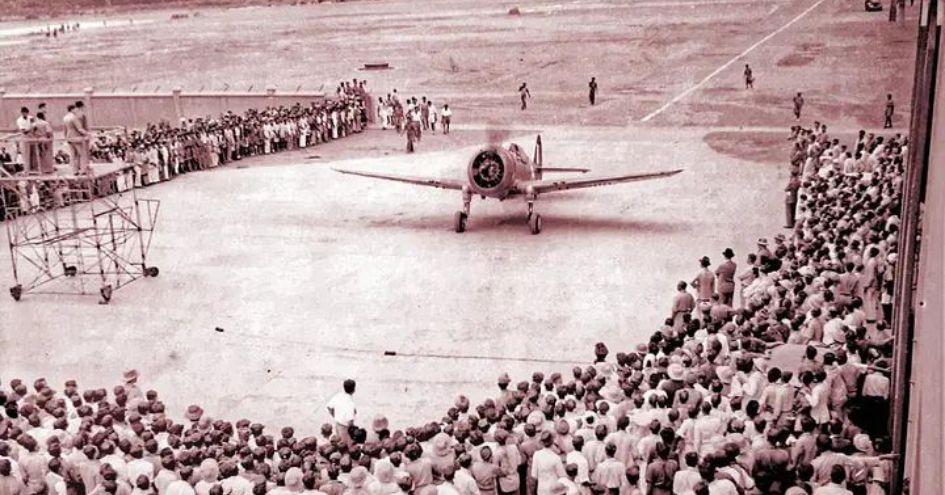
His Contribution to Atmanirbhar Bharat
In today’s India, the slogan of Atmanirbhar Bharat (self-reliant India) echoes across all sectors. But what many do not know is that this very spirit of self-reliance in aviation had already taken root in Mysore during the reign of Maharaja Jayachamarajendra Wadiyar.
Today, HAL (Hindustan Aeronautics Limited), headquartered in Bengaluru, is actively involved in the production of indigenous fighter jets like the Tejas and the upcoming AMCA, TEDBF, and ORCA platforms. But the origins of HAL trace back to a story that began with the bold vision of one man—and the generous support of another.
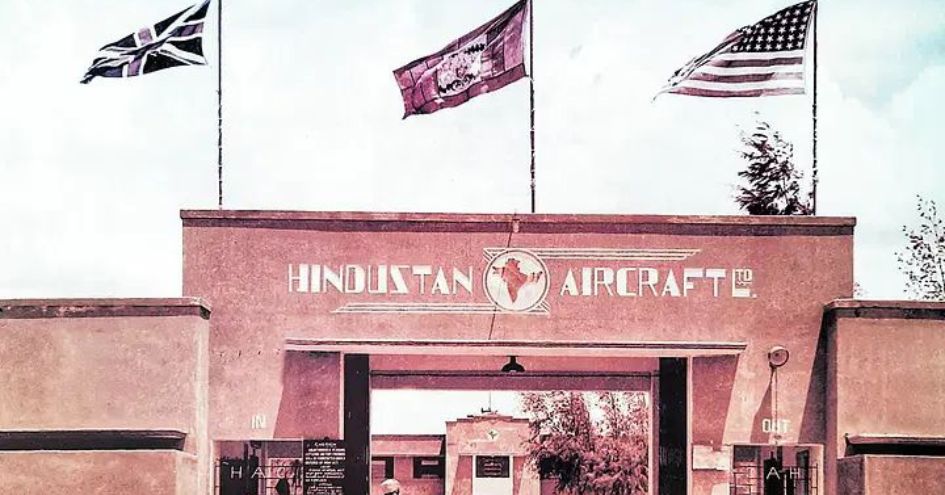
The Seed of Aerospace: Maharaja’s Unparalleled Vision
In the 1930s, Walchand Hirachand Doshi, a pioneering industrialist, was running a successful company named “Scindia” involved in shipbuilding, automobile manufacturing, and sugar production in Gujarat. During a trip to San Francisco, Walchand met an American entrepreneur who remarked that with World War II on the horizon, aircraft production would soon skyrocket. Inspired by this conversation, Walchand returned to India with a dream to set up an aircraft manufacturing factory.
However, such an endeavor required significant capital and land. When Walchand approached the Maharajas of Gwalior, Baroda, and Bhavnagar for support, they declined.
Finally, on the advice of some friends, he approached the young 22-year-old Maharaja of Mysore, Jayachamarajendra Wadiyar. Walchand arrived uncertain, wondering whether a young prince would even understand the depth of his dream. But to his astonishment, the Maharaja not only understood but wholeheartedly supported it.
In a single bold stroke, the Maharaja:
The agreement was signed on 11th February 1940, and the work on the factory began in earnest. A shipment of aircraft parts arrived from the United States, and on 23rd December 1940, Hindustan Aircraft Limited (later HAL) officially began operations. Just a day later, on 24th December 1940, the British Government of India placed an order for 70 aircraft.
This was the true beginning of India’s aviation revolution.
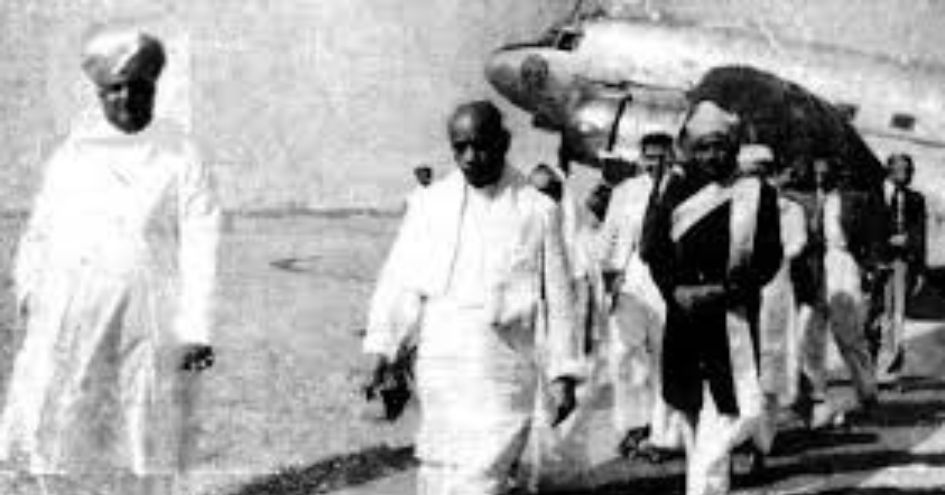
A King Who Flew Ahead of His Time
After World War II ended in 1945, hundreds of aircraft were sold off to private players. The Maharaja of Mysore purchased two Dakota DC-3 aircraft from America for ₹50,000 each—one for private use and another as a 21-seater for public use. Capt. Sundaram and his wife Usha Sundaram were appointed as the Maharaja’s personal pilots. Private airports were constructed in Jakkur (200 acres) near Bangalore and Mandakalli (290 acres) near Mysore. These aircraft later became vital air links between Delhi and Mysore, enabling crucial travel for India's top political leaders post-independence. The Maharaja, ever generous and far-sighted, even offered his personal aircraft to Sardar Vallabhbhai Patel, who was travelling tirelessly across the country to unify the princely states. It is said that Mysore’s aircraft greatly aided Patel’s unification efforts—a matter of pride for every Indian.
Stoppage of Privy Purses and Aftermath
Privy purses were annual payments promised by the Government of India to former princely rulers as part of the agreement when they acceded to the Indian Union post-independence. These payments were not just financial—they were symbolic of the solemn assurance given by the Indian state to the former royals. In 1971, Indira Gandhi's government passed the 26th Constitutional Amendment, which abolished all official recognition of royal titles and privy purses. Jayachamarajendra Wadiyar did not protest publicly, nor did he attempt to rally other princes in resistance. While many former royals were shocked or outraged, Wadiyar—true to his nature—chose stoic silence over sensationalism. He is believed to have said privately that while the decision was unfortunate, he did not wish to stand in the way of democratic progress.
Having earlier served as Governor of Madras and Rajpramukh of Mysore, Wadiyar had internalised the principles of constitutional governance. His behavior post-abolition reflected his belief that power and privilege must yield to democracy, even if it came at personal cost.
In Conclusion:
Jayachamarajendra Wadiyar was not merely a king by title—he was a monarch of unmatched generosity, intellect, and patriotism. While many rulers clung to their thrones, this visionary invested in India’s future. His support for aviation wasn’t for personal grandeur—it was an investment in national strength. Today, HAL stands tall as a symbol of India’s aerospace might, but behind it stands the foresight of one king and the boldness of one dreamer.
Let us all remember and celebrate His Highness Jayachamarajendra Wadiyar on his birth anniversary—and share the inspiration that true leadership lies in empowering generations to come.
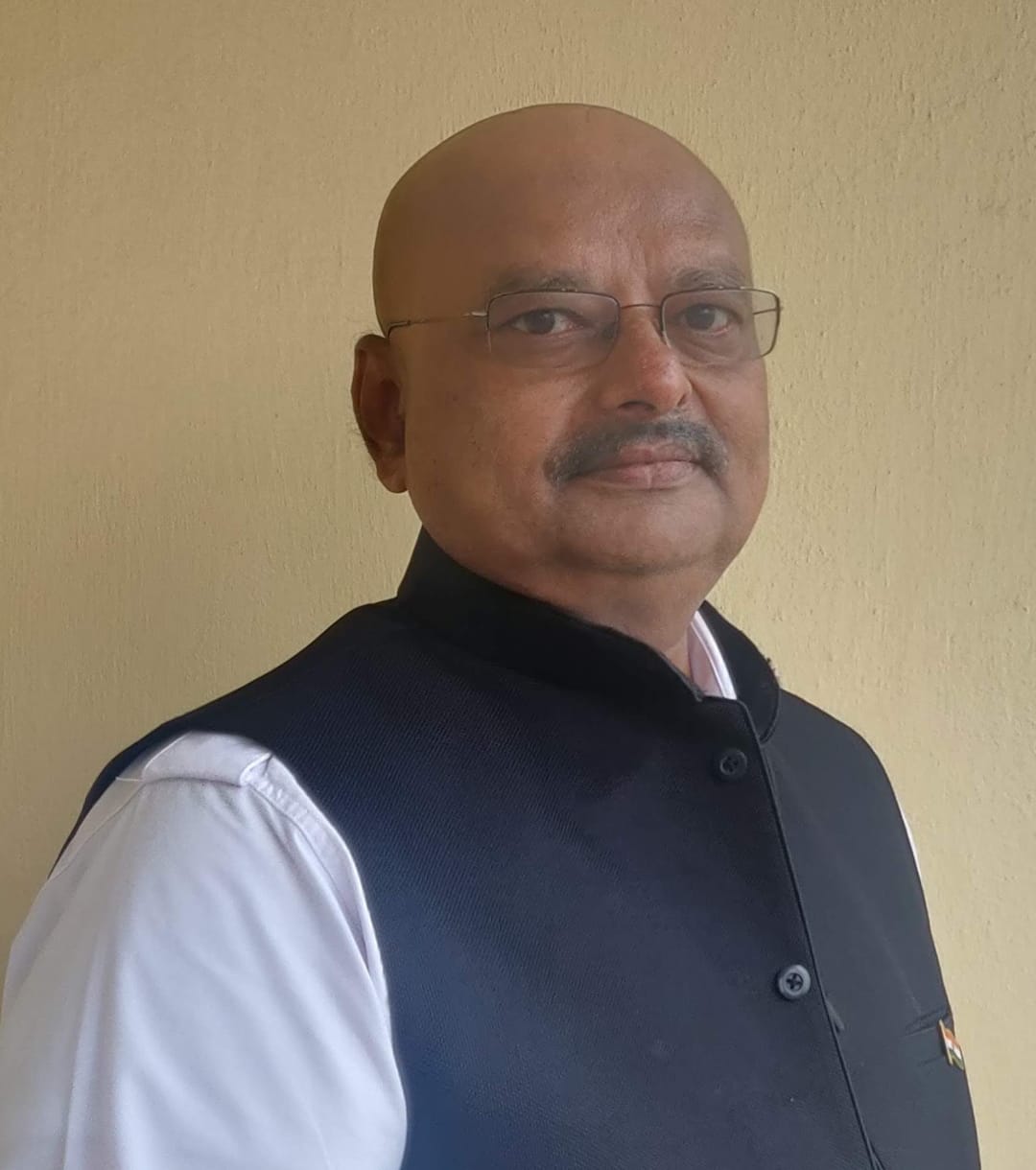 Wing Commander BS Sudarshan is a former Indian Air Force pilot with over 12,000 flying hours. He participated in Operation Pawan and Operation Cactus before he transitioned to civil aviation. A passionate writer, he has authored six books, including "Hasiru Hampe", appreciated by S L Bhyrappa, and the latest "Evergreen Hampi". He is a regular contributor to the Verandah Club.
Wing Commander BS Sudarshan is a former Indian Air Force pilot with over 12,000 flying hours. He participated in Operation Pawan and Operation Cactus before he transitioned to civil aviation. A passionate writer, he has authored six books, including "Hasiru Hampe", appreciated by S L Bhyrappa, and the latest "Evergreen Hampi". He is a regular contributor to the Verandah Club.
PREVIOUS ARTICLE
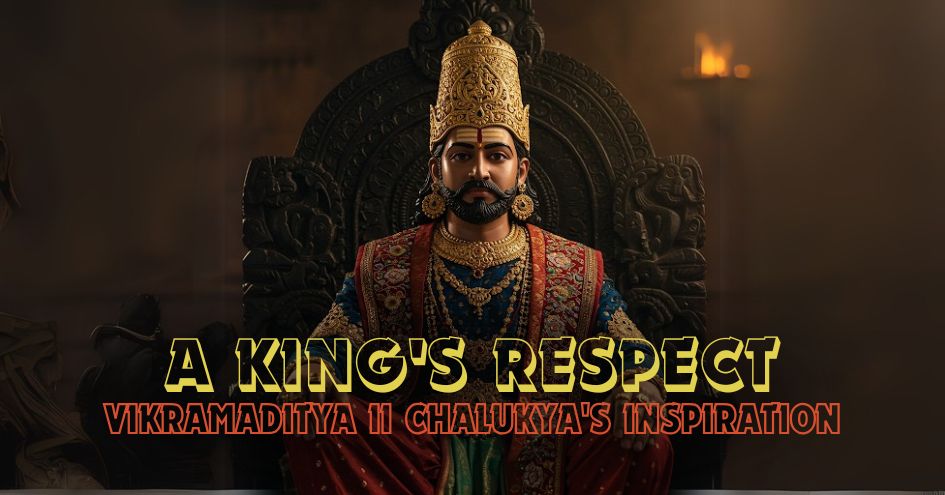
Indian History is rife with conflict between kings for power, territory and regional supremacy. We have seen instances where kings have made it a poin...
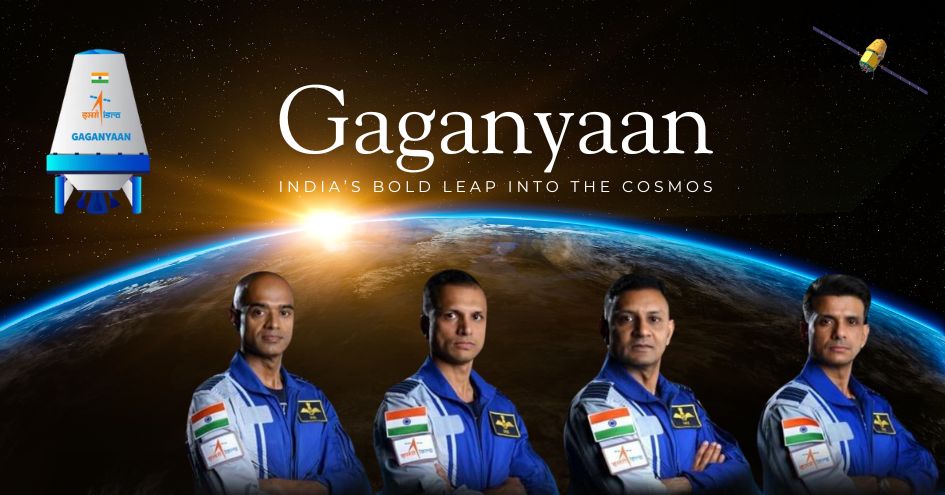
"Saare Jahaan Se Accha, Hindustan Hamara!"These immortal words, spoken by Squadron Leader Rakesh Sharma from the vast expanse of space in 1984, When t...
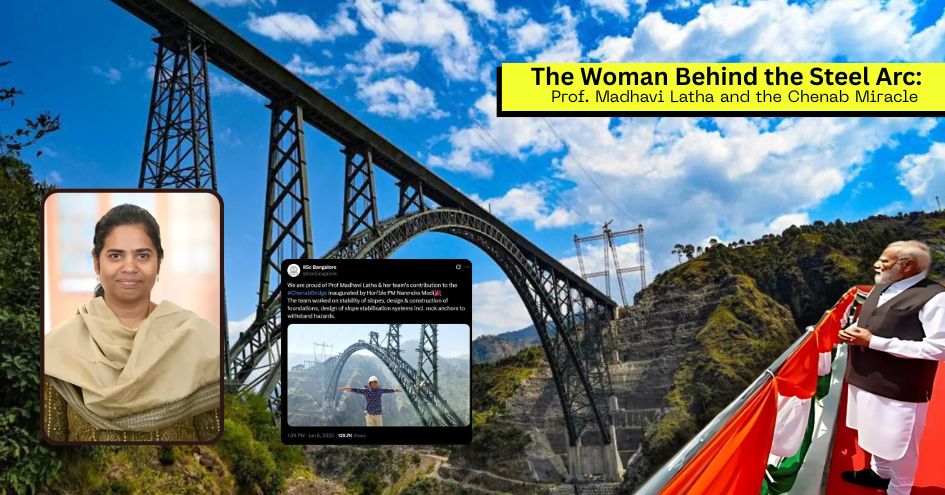
High in the rugged, unforgiving terrain of Jammu and Kashmir’s Reasi district, where the Chenab River slices through deep gorges and the Himalayas loo...